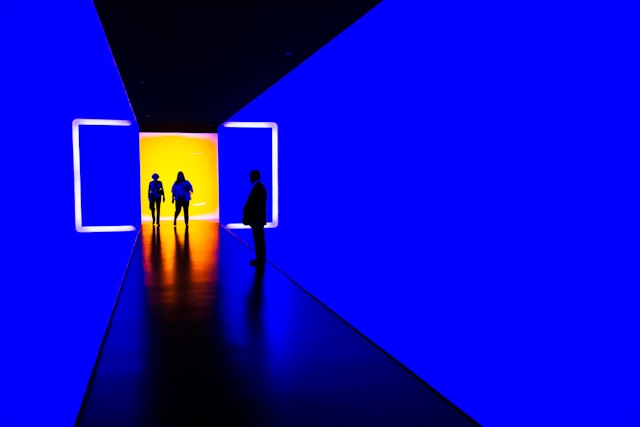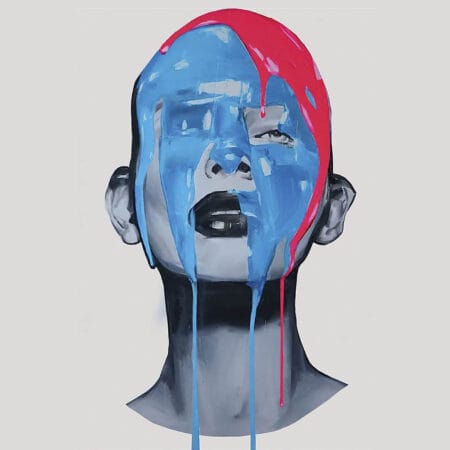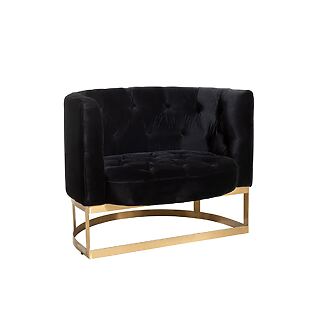The art market is located in the middle of a digital revolution that is driven by innovative technologies. AI art generators, NFTS and other important developments redesign the art landscape and open up new opportunities as an artist, collector and enthusiast.
AI art generators revolutionize the art world
The rapid development of AI art generators such as Midjourney and Stable Diffusion is fundamentally changing the art industry. These innovative tools use complex algorithms and machine learning to create unique digital works of art. By analyzing huge amounts of data and the detection of patterns, you generate designs based on an extensive fund of source material.
The effects of these technologies on the creative industry have long been noticeable. According to a survey, the demand for writing orders has decreased by 30 percent, while programmers and graphic designers have lost 21 and 17 percent of their orders. At the same time, payment for more complex tasks rose. Experts discuss the advantages of AI tools , but also emphasize the indispensability of human creativity.

Photo by Werner du Plessis @Werner01, via Unsplash
As a designer and creative person, you have to adapt to these changes in order to remain competitive. New job profiles such as AI design specialists could arise because the demand for AI-competent specialists is increasing. Similar to the programmatic printing , which revolutionizes the printing industry, new possibilities open up in the art world through the combination of technology and creativity.
Platforms such as Nightcafe AI combine advanced AI technology with user-friendliness and enable you to create digital works of art. Nightcafe Ai addresses you as art enthusiasts of all levels of experience with free and premium access options as well as an intuitive design.
AI art and ethical questions
With the advent of AI generated art, new ethical questions are also created. Copyright, authenticity and the definition of creativity are up for debate. As an artist, they have to deal with these topics and find their position in the changing art landscape.
Discussions about the boundaries between human and machine creativity gain in importance and could shape the art world sustainably.
AI as a tool for artists
Despite the controversy, Ki also offers them new opportunities as an artist. You can use AI tools as a source of inspiration or to support your creative process. Some artists are already experimenting with AI collaborations in which humans and machines create works of art together.
This symbiosis could lead to completely new art forms and expressions.
Digital art revolution
The digital art revolution has changed the contemporary art scene sustainably. In particular, NFTS (non-fungable tokens) have developed from a niche phenomenon to a central component of the art market. With "On NFTS" by Robert Alice, the Pocket Verlag the first comprehensive art -historical overview of this disruptive field, which offers you critical insights and puts the prospects of the artists in the foreground.
The book leads you through the complex universe of the NFTS and shows the influences of classical art on digital work. Insights into the creative processes of leading artists illustrate the importance of this art form, which is often only existing as a file format.
The digital area democratizes art education and makes it accessible to everyone with an internet connection. Platforms such as Skillshare and Udemy offer you courses from vector illustration to 3D modeling, while virtual classrooms promote a sense of community in which feedback and cooperation thrive.
As an artist, you can sell your works on marketplaces such as Etsy or Redbubble and open up new sources of income by diversifying your portfolio. Software such as Adobe Photoshop and Procreate have expanded the horizon of the possible and enable you to create creative forms of expression that were previously unthinkable.
As an artist, the digital art revolution opens up a variety of ways to present, market and monetize their works. Whether by virtual galleries, live workshops or building a community on platforms such as Patreon -the possibilities are diverse.
The analysis of data helps to better understand your target group and to develop tailor -made offers. Creative calendar design can also In this context, current art trends are becoming increasingly important for their creative development.
Virtual and expanded reality in art
Virtual reality (VR) and Augmented Reality (AR) open up completely new dimensions of creative expression as an artist. VR artworks enable immersive experiences that dissolve the boundaries between viewer and the work of art.
AR applications can expand existing works of art to expand interactive elements or bring entire exhibitions to public space. These technologies not only change art production, but also the way art is presented and experienced.
Blockchain technology in the art market
Blockchain technology revolutionizes the art market beyond NFTS. It offers new opportunities for authentication, provenance and transparency. As an artist, you can easily document the entire history of your work. Collectors benefit from increased security and traceability.
Blockchain -based platforms also enable new forms of art financing and investment, such as fractional ownership or tokenized works of art.
Digital conservation and restoration
Digital technologies play an increasingly important role in the preservation and restoration of works of art. 3D scanning and printing enable the precise documentation and reproduction of sculptures and other three -dimensional objects. AI-supported image analysis helps to identify damage and plan restoration measures.
Virtual reconstructions can make lost or damaged works of art to be experienced again. These technologies help to preserve and make the cultural heritage for future generations.
Conclusion
The art world is in transition. Digital technologies such as AI art generators and NFTS change the way art is created, spread and acted. These developments democratize access to art and open up new ways of monetization. At the same time, however, they also raise questions regarding authorship, authenticity and sustainability.
The future of the art market will be largely shaped by these digital technologies, which offer them potential for new forms of artistic expression and added value, but also require a rethink of established structures and practices in the art world.

Owner and Managing Director of Kunstplaza. Publicist, editor, and passionate blogger in the field of art, design, and creativity since 2011. Successful completion of a degree in web design as part of a university program (2008). Further development of creativity techniques through courses in free drawing, expressive painting, and theater/acting. Profound knowledge of the art market through many years of journalistic research and numerous collaborations with actors/institutions from art and culture.

















